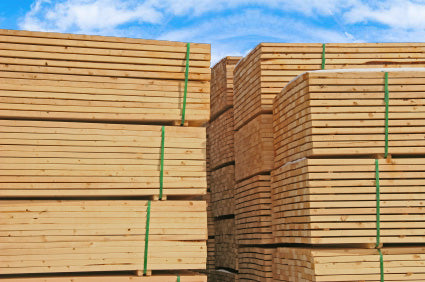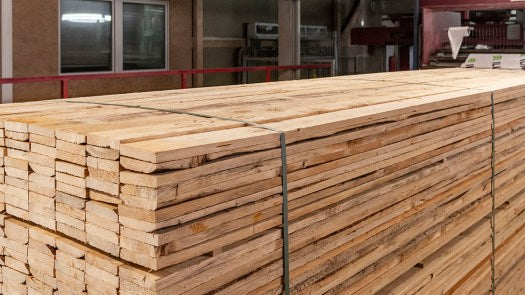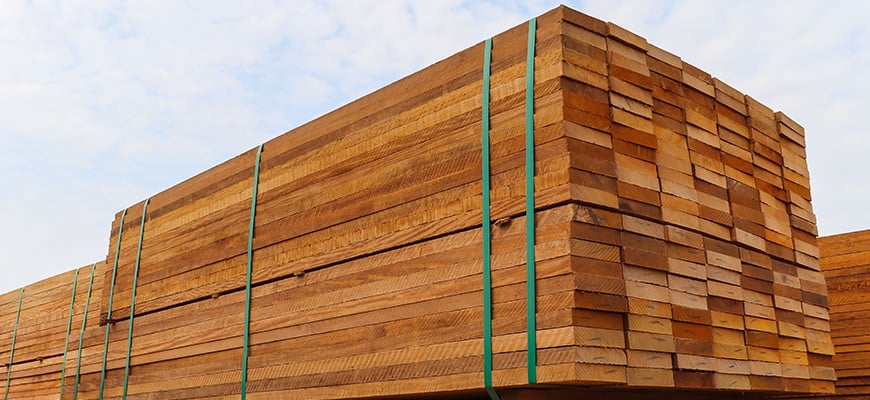
The Role of PET Straps in the Lumber Industry
In the lumber industry, ensuring the safe handling, storage, and transportation of large and heavy wood bundles is critical. One essential tool that has revolutionized this process is the Polyester (PET) Strap. Known for its strength, flexibility, and durability, PET strapping plays a vital role in securing lumber products, helping businesses maintain safety standards while optimizing logistics and reducing costs.
What Are PET Straps?
PET straps are made from polyethylene terephthalate, a type of plastic that boasts high tensile strength and excellent resistance to impact. They are widely recognized for being a strong, lightweight, and cost-effective alternative to traditional steel strapping. PET straps do not rust, corrode, or stain the product they are securing, making them especially suited for outdoor environments — a common setting in the lumber industry.

How PET Straps Are Used in the Lumber Sector
1. Bundling Timber and Lumber Products
In sawmills and lumber yards, raw timber, planks, beams, and plywood sheets are often bundled together for easier handling and transport. PET straps are applied around these bundles to tightly secure the wood, ensuring that pieces stay aligned and intact throughout storage and shipping.
2. Palletizing Wood Products
Wooden products are frequently stacked onto pallets for better organization and efficiency in warehouses and during transportation. PET straps are used to hold these products firmly onto the pallets, minimizing shifting or toppling, which can lead to product damage or safety hazards.
3. Securing Loads for Long-Distance Shipping
When lumber is transported over long distances — whether by truck, train, or ship — the cargo is subjected to vibrations, movements, and environmental elements. PET strapping absorbs shocks and keeps the load compressed, protecting the lumber from splitting, warping, or scattering during the journey.
4. Reinforcing Custom Crates and Packages
Custom wooden crates used to ship specialty wood products, such as premium hardwoods or finished wood components, are often reinforced with PET straps. The strapping adds an extra layer of security to the packaging, especially when dealing with large, heavy, or oddly shaped loads.

Advantages of Using PET Straps in the Lumber Industry
- PET straps provide a secure hold equivalent to steel, making them capable of containing heavy lumber loads.
- Unlike steel straps, PET straps can elongate slightly under tension and absorb shocks, reducing the risk of strap breakage during load shifts.
- PET is resistant to moisture, UV rays, and extreme weather, ensuring the strapping remains intact even when lumber is stored outdoors.
- PET straps are safer to handle compared to steel bands, as they have no sharp edges and are lighter in weight, lowering the risk of injury.
- PET straps are typically less expensive than steel and offer long-term savings due to reduced product damage and fewer injuries.
- Many PET straps are made from recycled materials and are recyclable themselves, supporting the sustainability efforts of modern lumber companies.

The Future of PET Strapping in Lumber
As the lumber industry continues to prioritize safety, efficiency, and sustainability, the demand for PET strapping is only expected to grow. Advances in strapping technology are leading to even stronger and more resilient PET straps, further closing the gap between traditional steel and newer plastic alternatives. Some companies are also integrating automated strapping machines into their lumber processing lines, increasing productivity while ensuring consistent load security.
Conclusion
In today's lumber industry, PET straps are more than just a convenience — they are a necessity. By offering an effective, economical, and safe method of bundling and transporting lumber products, PET strapping helps businesses protect their goods, streamline their operations, and enhance their overall profitability. As industries evolve, PET straps will undoubtedly continue to play a central role in how lumber products are handled and delivered around the world.
